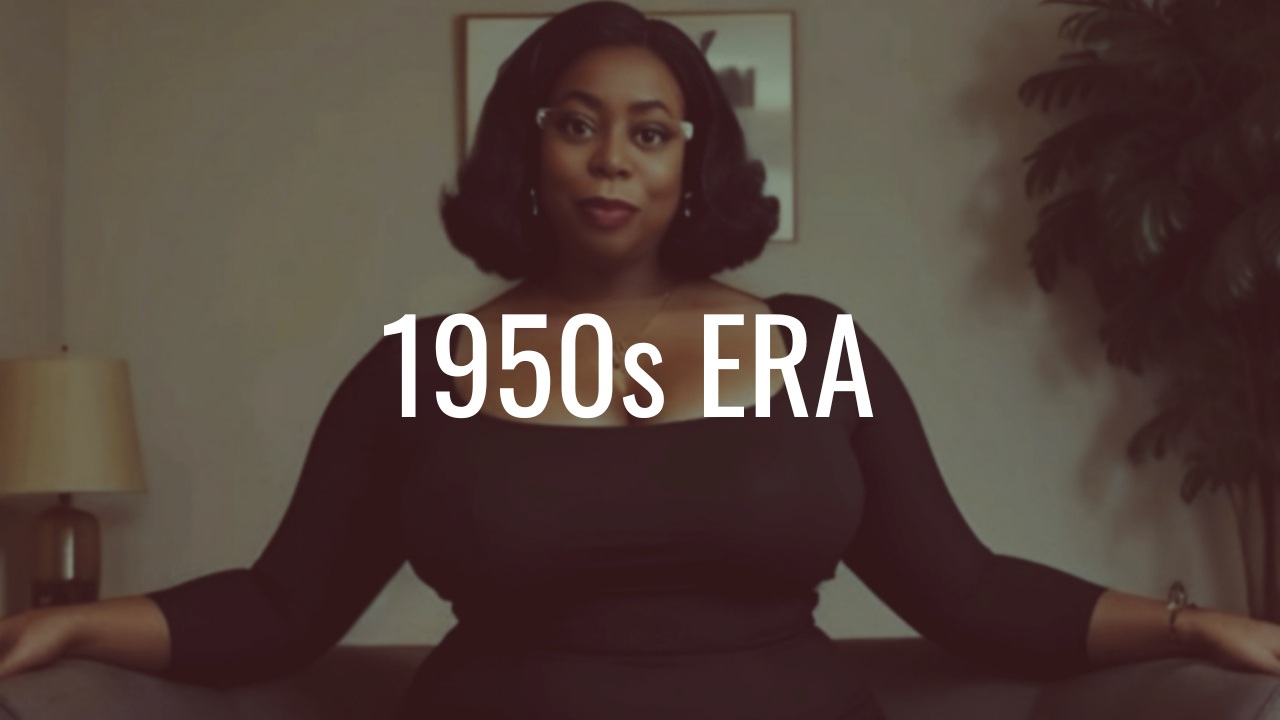The 1950s Household: Blending Nostalgia with Erotic Fantasies
Introduction
The charm of a meticulously arranged dining table, the freshness of newly washed clothes, and the peaceful hum of a suburban community – these visions bring to mind a past era. But what significance does the 1950s household hold for me? As a child, I was captivated by my grandparents’ tales of their lives in that decade. Now, as an author of erotic stories, I often incorporate these themes into my writing.
Historical Context
The 1950s were a time of post-war prosperity and cultural conformity in America. The ideal family consisted of a working father, a homemaking mother, and well-mannered children. This era is often depicted as a time of simplicity and stability, but it also enforced rigid gender roles and suppressed individuality.
African American Families in the 1950s
The African American experience of maintaining a household in the 1950s was vastly different from the romanticized version often portrayed in popular media.
- Segregation and Discrimination: The 1950s were a time of widespread racial segregation and discrimination. African American families were hindered by institutionalized barriers in housing, education, employment, and other aspects of daily life due to Jim Crow laws and prevalent racism.
- Economic Disparities: Numerous African American households resided in financially disadvantaged circumstances. Opportunities for employment were often restricted to low-wage positions, and gaining access to quality education and healthcare was a challenge.
- Resilience and Strength: Despite facing numerous challenges, African American families and communities showed incredible resilience and fortitude. Within these communities, the family unit served as a cornerstone for emotional support and stability. Extended family networks were particularly important, with grandparents, aunts, uncles, and cousins often residing in close proximity or even living together to offer mutual support and care.
- Church and Community Organizations: The church and community organizations were the heart of social life, providing spiritual guidance, social assistance, and a feeling of solidarity within the community.
- Cultural Richness: African American households had a vibrant cultural existence, placing importance on music, oral traditions, and various forms of self-expression. During the 1950s, talented African American artists and musicians emerged, greatly influencing the cultural scene of the time.
- Civil Rights Movement: Along with the rise of suburban living and consumer culture, the 1950s also marked the start of the Civil Rights Movement. Landmark events such as the 1954 Brown v. Board of Education decision and the 1955-1956 Montgomery Bus Boycott sparked a more coordinated fight for equal rights.
Personal Reflections
Listening to my grandmother’s stories of pie making and my grandfather’s tales of working in a factory, I gained a deep understanding of their world during the 1950s. For me, this era evokes a desire for a simpler life while also revealing the limitations and expectations placed on gender roles. The struggles and triumphs of African American families during this time bring an even deeper level of intricacy, emphasizing themes of resilience and fortitude in the face of challenges.
Erotic Interpretation
In my erotic writing, the 1950s household serves as a backdrop for exploring power dynamics. The strict societal roles offer a rich ground for fantasies involving control, submission, and domestic discipline. For instance, in one of my stories, the suburban wife navigates her desires within the confines of her traditional role, leading to a complex interplay of obedience and rebellion. The resilience and strength found in African American family dynamics also inspire themes of empowerment and defiance against societal constraints.
Cultural Analysis
The enduring intrigue of the 1950s household embodies both a sense of longing for bygone days and a critical examination of its societal norms. It symbolizes a desire for structure and predictability, yet also serves as a reminder of the constraints placed on individual liberty. These dynamics are reflected in modern relationships, with individuals navigating between traditional values and contemporary notions of fairness and equality. The African American community during this period highlights the significance of communal support, cultural identity, and the ongoing struggle for equal rights, all of which remain relevant topics today.
Conclusion
The idyllic outward appearance and intricate dynamics of 1950s households continue to influence my introspection and written works. Recognizing the range of experiences during this time, including those of African American families, enhances our understanding of its impact. I encourage readers to contemplate their perspectives on this era and contribute their own personal accounts.
What does the 1950s household mean to you? Share your thoughts in the comments below or connect with me on my social media channels.






